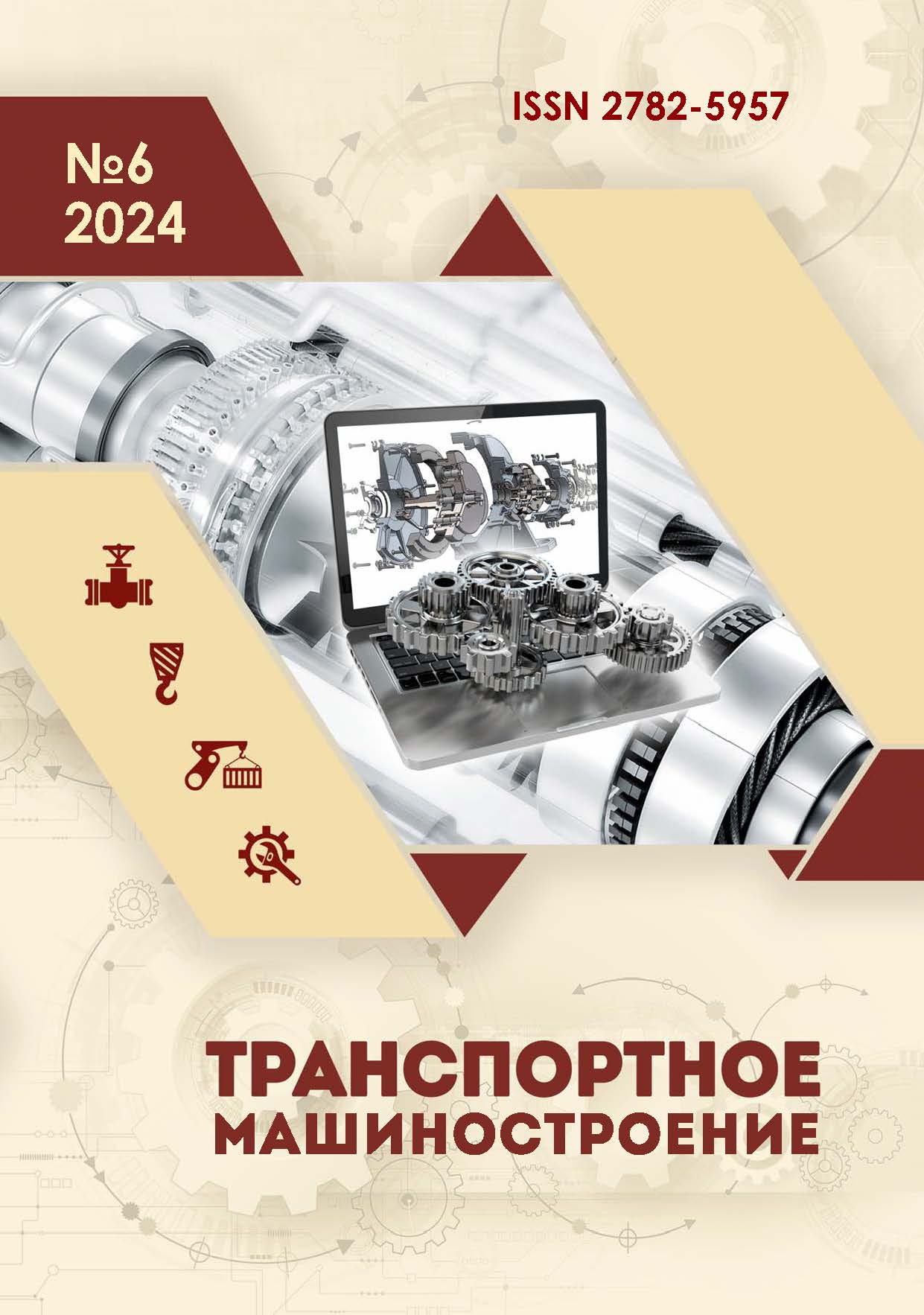Penza, Penza, Russian Federation
Penza, Penza, Russian Federation
Penza, Penza, Russian Federation
Penza, Penza, Russian Federation
Penza, Penza, Russian Federation
Penza, Penza, Russian Federation
UDK 621.791.13 Сварка взрывом
UDK 620.22 Материалы. Материаловедение
BBK 343 Металлургия
BBK 342 Металловедение
The main study objective is to make a composite material based on an aluminum alloy with increased strength and plastic properties compared to aluminum alloys traditionally used in mechanical engineering. The tasks to which the paper is devoted are to develop a technology for making a specified composite material and to study its basic mechanical properties. Comparative analysis at the stage of determining the relevance of the work, mathematical calculation of explosion welding parameters to obtain a composite and testing on a tensile machine in order to obtain values of strength and plastic parameters are used as research methods. The novelty of the work is in the application of technological operations that give the material a set of properties that it did not possess in its original state. The study results show that this area is in demand both in Russia and abroad; new improved aluminum alloys are made; the most relevant way to improve properties is to make a composite material. A composite is obtained, which has a 40% higher tensile strength and 3% higher elongation compared to the starting material. When compared with the traditionally used AMg5M alloy, the developed composite has an advantage of 35% in strength parameters and 70% in plasticity. Also, this material has an advantage in strength and ductility over 1565h MU alloy.
composite material, strength, ductility, welding, reinforcement
1. Drits AM, Ovchinnikov VV, Rastopchin RN. Technological properties of castings made of 1565h welded aluminum alloy for the production of tanks. Technology of Light Alloys. 2012;3:20-29.
2. Ovchinnikov VV, Drits AM, Rastopchin RN. Development of a welded aluminum alloy of medium strength for the production of tanks. Science Intensive Technologies in Mechanical Engineering. 2012;7(13):18-25.
3. Kryukov DB, Pryshchak AV, Guskov MS. Development of a model of a new composite reinforced titanium-aluminum material in SolidWorks program. Proceedings of the VIII International Scientific and Practical Conference, April 28-29, 2014: Systems of Design, Modeling, Pre-production and Project Management CAD/CAM/CAE/PDM; Penza: Privolzhsky Dom Znany; 2014.
4. Pervukhina OL, Denisov IV, Pervukhin LB, Klyshnaty VA. Experimental study of the structure and properties of mixtures of ammonium nitrate with diesel fuel in relation to explosion welding conditions. Izvestia VSTU. 2022;11(270):44-53.
5. Guskov MS. Development of a high-strength composite titanium-aluminum material with a perforated intermetallic layer and oxide-ceramic coating [dissertation]. 2015.
6. Kryukov DB, Krivenkov AO, Chugunov SN. Features of phase transformations during thermal treatment in composite materials obtained by high-energy exposure methods. Collection of Papers of the XV International Scientific Practical Conference, April 30, 2015: Ecological Safety of Russian Regions and Risk from Technogeneous Accidents and Catastrophes; Penza: Privolzhsky Dom Znany; 2015.
7. Assari AH, Eghbali B. Microstructure and dynamics of intermetallic phase formation under conditions of solid-phase diffusion welding in bimetallic Ti/Al composite. Physics of Metals and Metallography. 2019;120(3):280-290.
8. Bataev IA, Bataev AA, Pavliukova DV, Mali VI. Structural and mechanical properties of metallic-intermetallic laminate composites produced by explosive welding and annealing. Materials and Design. 2012;35:225-234.
9. Lazurenko DV. Structure and properties of layered composite materials with an intermetallic compound [dissertation]. 2020.
10. Khorin AV, Los IS, Kryukov DB. Copper-aluminum composite materials obtained by explosion welding. Izvestia VSTU. 2010;5(65):88-92.






